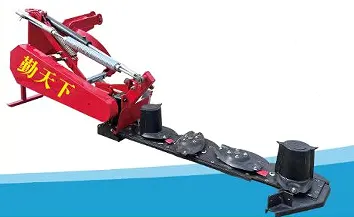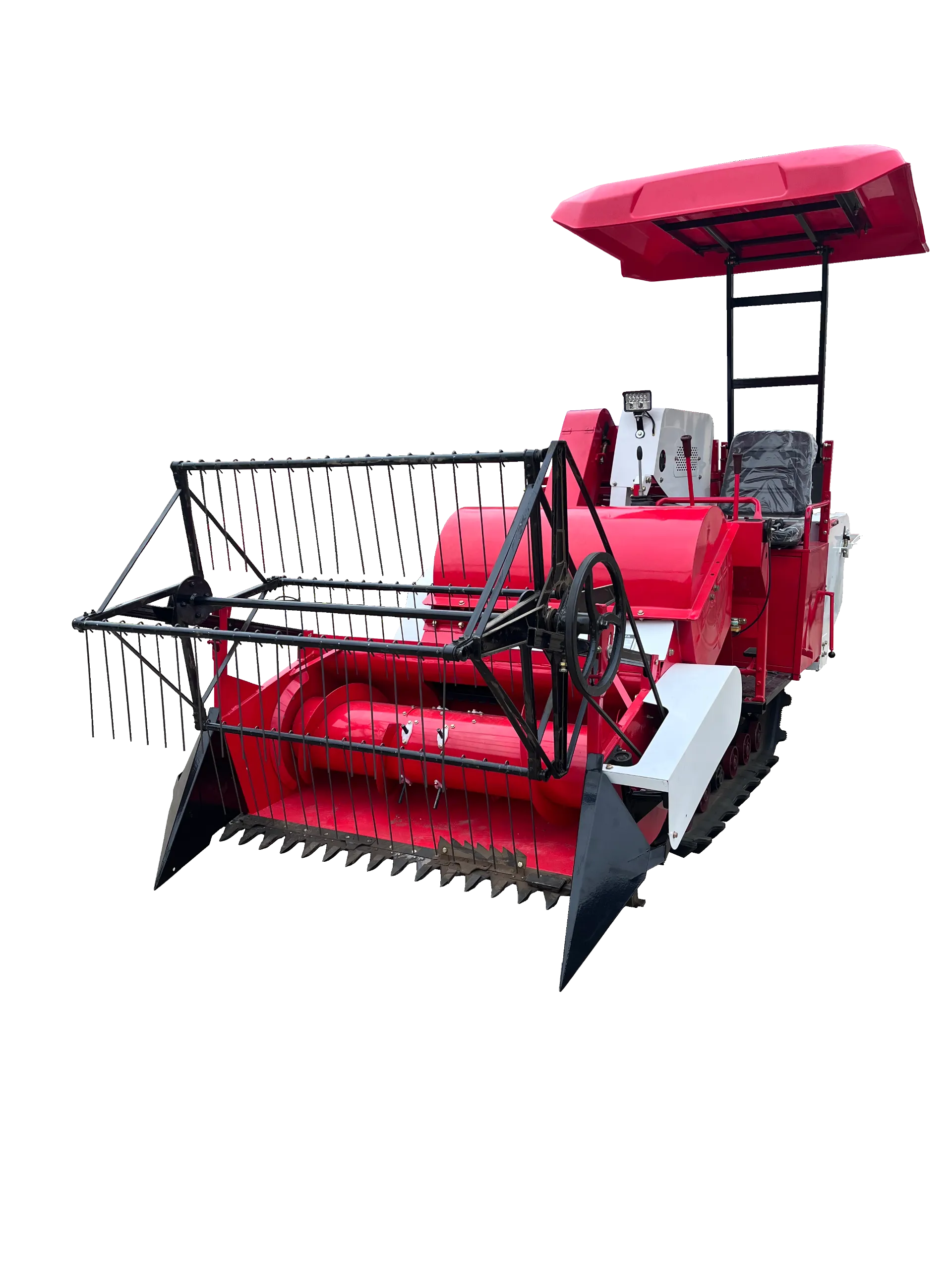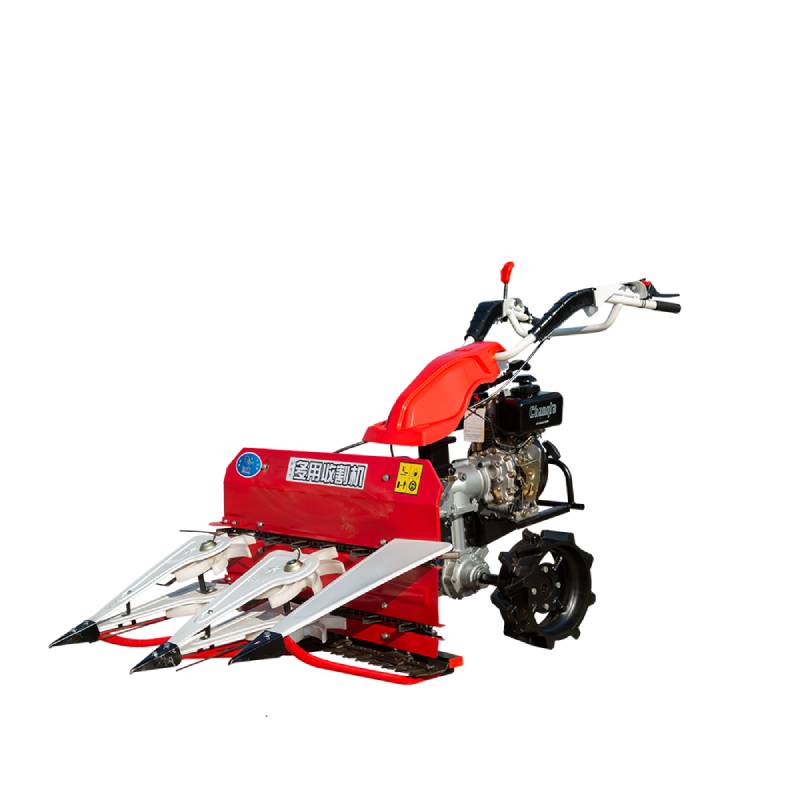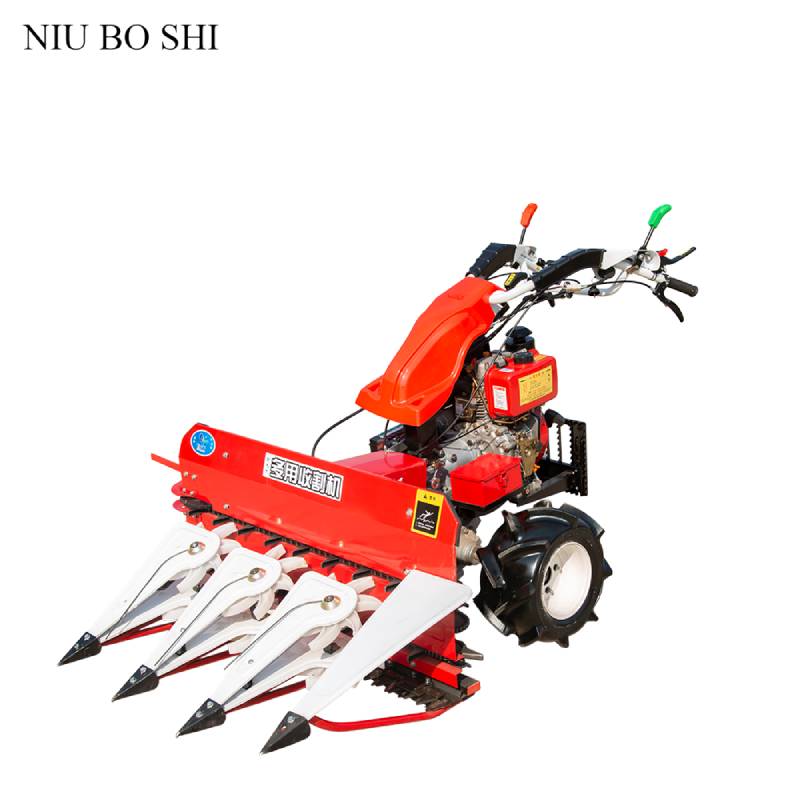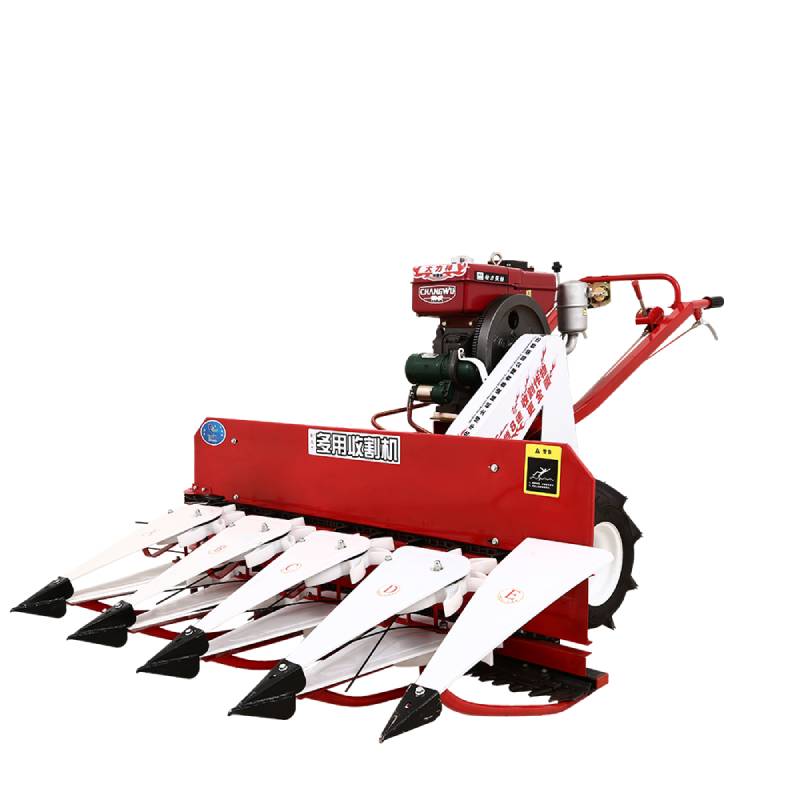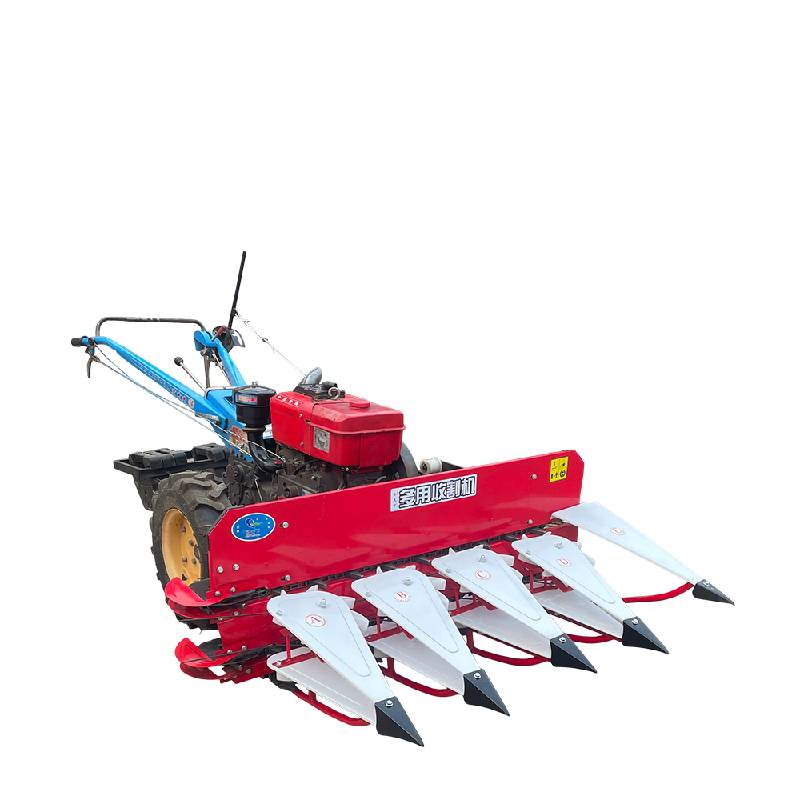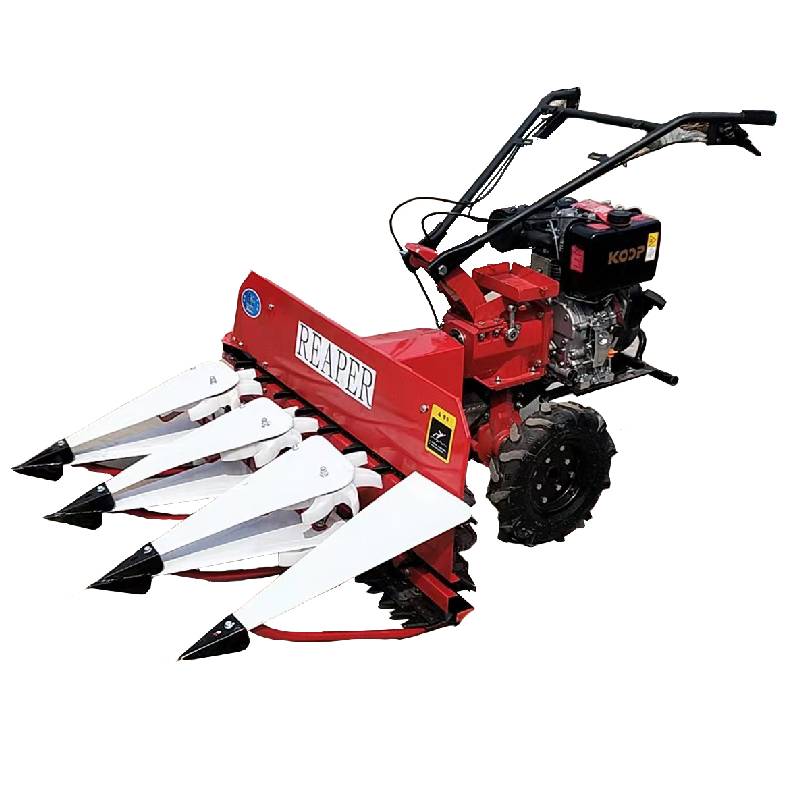High-Efficiency Forage Mower | Durable & Precise Cutting
Global Industry Trends, Technical Specifications & Innovative Solutions
Agricultural mechanization has transformed significantly in the last decade, particularly in forage harvesting technologies. The modern forage mower industry represents a $4.7 billion global market growing at 6.2% CAGR, driven by increasing livestock farming demands and precision agriculture adoption. As reported in the Journal of Agricultural Engineering Research, "The technological evolution in forage harvesting equipment has resulted in 45% operational efficiency improvements since 2015, fundamentally changing hay and silage production economics" (AgriEng Journal, Vol. 42, 2023).
Hebei Niuboshi Mechanical Equipment Co., LTD.
As a global leader in agricultural machinery manufacturing, Hebei Niuboshi has pioneered innovative harvesting solutions for over 18 years. Our engineering expertise focuses on developing robust, efficient equipment meeting international ISO 9001 quality standards while optimizing operational economics.
Contact Information
Phone: +8615081182956 | Mobile: +8615081182639
Email: steveluan@hbniuboshi.com
Address: Julu Industrial Park, Xingtai City, Hebei Province, China
Official Website: https://www.hbniuboshi.com
Niuboshi Disc Mower
Advanced cutting technology designed for maximum field efficiency and forage quality preservation. The Niuboshi series features:
- Precision laser-cut hardened steel blades with 220 HRC hardness rating
- Patented gearbox with triple-sealed bearing protection system
- Hydraulic lift mechanism supporting 20-40° terrain variations
- SmartCam monitoring system compatible with precision agriculture platforms
Discover our flagship solution: Explore Niuboshi Disc Mower
Forage Mower Technical Specifications Comparison
| Parameter | Standard Range | Niuboshi Advantage | Industry Benchmark |
|---|---|---|---|
| Working Width (meters) | 2.1 - 3.5 | 3.1 - 4.2 | 2.8 - 3.7 |
| Cutting Efficiency (ha/hr) | 1.8 - 2.4 | 2.5 - 3.2 | 2.0 - 2.6 |
| Power Requirement (HP) | 50 - 80 | 45 - 75 | 55 - 85 |
| Fuel Consumption (L/ha) | 6.5 - 8.0 | 5.2 - 6.8 | 6.8 - 8.5 |
| Blade Rotation Speed (RPM) | 2800 - 3200 | 2950 ±50 | 2700 - 3100 |
| Minimum Cutting Height (cm) | 4.5 - 5.5 | 3.8 ±0.2 | 4.8 - 6.0 |
Source: International Agricultural Machinery Standards Committee (IAMSC Report 2023-07)
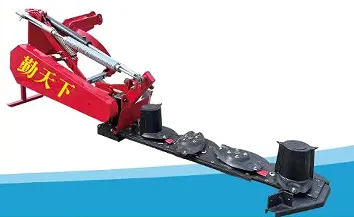
Niuboshi Disc Mower with QuadCut™ technology harvesting alfalfa
Forage Mower Applications
Modern harvesting equipment serves diverse agricultural requirements:
Hay Production
Forage mowers enable rapid cutting of grass and legume crops at optimal moisture content (72-78% DM). The Niuboshi series maintains stem integrity critical for premium hay quality scoring.
Silage Operations
Precision-cut forage for ensiling requires uniform 5-15mm chop lengths. Our conditioning systems enhance fermentation kinetics, reducing dry matter losses to <12% (vs. 18% industry average).
Bioenergy Crops
Harvesting miscanthus and energy cane demands heavy-duty cutting systems. Niuboshi reinforced disc assemblies withstand 220+ cutting hours without degradation.
Research from the National Forage Technology Center confirms: "Optimized mower-conditioner systems increase nutritional retention by 28% and reduce field drying time by 34% compared to conventional systems" (NFTC Technical Bulletin #421).
Technical Evolution in Forage Harvesting
Cutting Precision
Tolerance on chop length
Power Efficiency
Reduction in energy requirements
Material Strength
Blade tensile strength
Output Increase
Since 2010
According to Dr. Evan Richardson, Agricultural Engineer at MIT: "The integration of sensor technology into modern forage mowers has enabled real-time biomass analysis, allowing farmers to make immediate harvesting decisions that optimize both yield and nutritional quality" (Precision Ag Review, September 2023).
Technical Questions About Forage Mowers
What cutting mechanism provides optimal forage preservation?
The Niuboshi disc system utilizes counter-rotating blades creating a scissor-cut action that minimizes cell damage compared to impact cutting. This preserves 18% more sugars according to University of Nebraska trials.
What certification standards apply to forage mower safety?
ISO 4254 Agricultural Machinery Safety Standard requires multiple protection systems including automatic blade brake within 7 seconds of PTO disengagement, reinforced safety skirts, and audible warning systems.
How do hydraulic versus gear-driven systems compare?
Hydraulic systems offer ±3° terrain compensation flexibility but transfer only 78-85% efficiency. Gear-driven transmissions provide 93-97% power transfer efficiency but require more rigid mounting. Niuboshi hybrid systems offer both advantages.
What blade geometry maximizes service life?
Asymmetric trapezoidal blades with 32° cutting angle and hardened edge (56-60 HRC) maintain sharpness through 300-400 hectares of alfalfa cutting based on Texas A&M wear studies.
How often should gearbox oil be replaced?
ISO VG 220 synthetic oil should be replaced every 500 operating hours or annually. Niuboshi gearboxes feature oil analysis ports for condition-based maintenance.
What minimum tractor horsepower is required?
For 3m cutting width models, minimum 65 PTO HP is required for heavy conditions. Formulas: HP = (Width in meters × 18) + 10. Niuboshi models operate efficiently with 10% less power due to optimized gear ratios.
How does conditioning impact forage quality?
Proper conditioning accelerates drying while minimizing nutrient loss. Roller spacing should be 0.3-0.8mm based on crop type. Niuboshi adjustable systems maintain optimal 72% moisture retention.
Industry Research & References
1. Global Forage Equipment Market Analysis 2023-2030 - AgriBusiness Intelligence Group https://www.agribusinessintel.com/reports/forage-equipment-2023
2. Cutting Mechanics and Forage Preservation - Journal of Agricultural Engineering https://agriengjournal.org/volume42/cutting-mechanics
3. Power Requirements for Modern Mowing Systems - ASABE Publication 412F https://www.asabe.org/publications/412F
4. Nutritional Impact of Harvesting Technologies - International Grassland Congress Proceedings https://igc2025.org/proceedings/harvest-technology
5. ISO 4254 Agricultural Machinery Safety Standards https://www.iso.org/standard/4254
Latest news
-
When to Upgrade Your Old Forage HarvesterNewsJun.05,2025
-
One Forage Harvester for All Your NeedsNewsJun.05,2025
-
Mastering the Grass Reaper MachineNewsJun.05,2025
-
How Small Farms Make Full Use of Wheat ReaperNewsJun.05,2025
-
Harvesting Wheat the Easy Way: Use a Mini Tractor ReaperNewsJun.05,2025
-
Growing Demand for the Mini Tractor Reaper in AsiaNewsJun.05,2025

